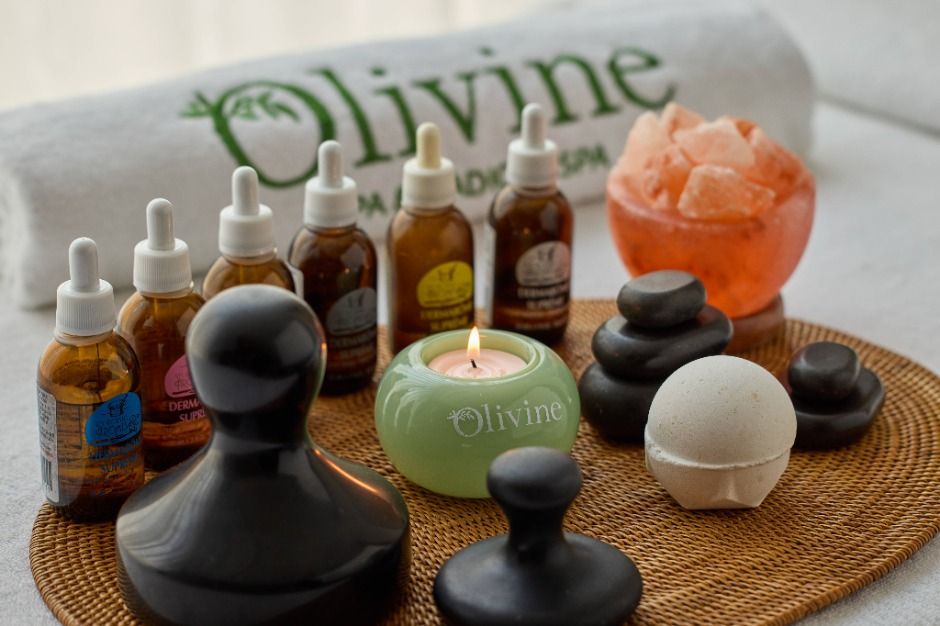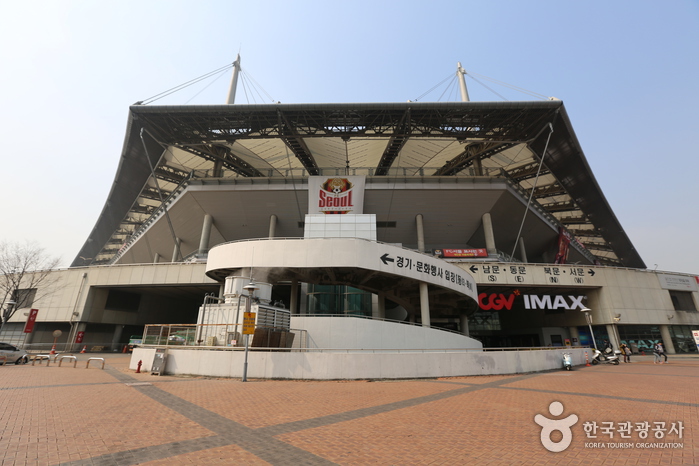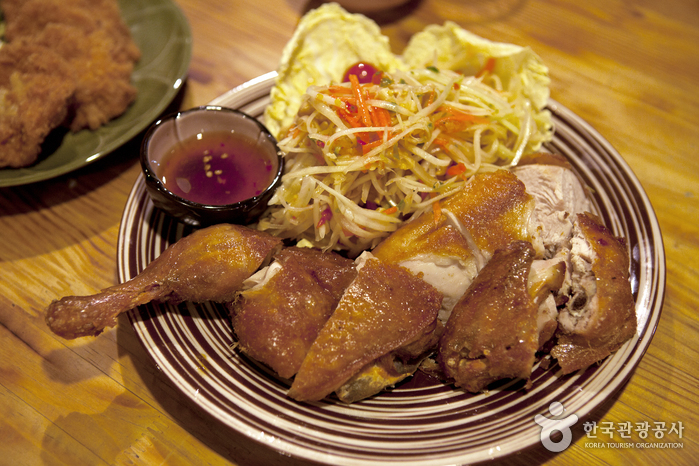Olivine Spa (올리바인 스파)
5.8Km 2025-10-23
4-1 Tongil-ro 16-gil, Jongno-gu, Seoul
Chosen as one of the 25 recommended wellness tourist destinations by the Ministry of Culture, Sports and Tourism and the Korea Tourism Organization, Olivine Spa operates a luxury spa and a beauty & slimming center in downtown. The spa also provides professional pre-natal and post-natal massage, body shape care, and various beauty programs in partnership with Seran General Hospital and Olivium (a postpartum care center). Olivine Spa provides massages by top-tier therapists in the industry who will relieve fatigue and eliminate toxins accumulated through daily life. They will help your body become healthier and more balanced, ensuring customer satisfaction. Furthermore, Olivine Spa uses Swiss premium brands Les Nouvels Aroma and Darphin in their programs. Its beauty & slimming center provides customized consulting and various beauty-related medical programs in partnership with medical staff at Seran General Hospital.
Dongnimmun Gate (독립문)
5.8Km 2022-12-15
251, Tongil-ro, Seodaemun-gu, Seoul
Dongnimmun stands at the location originally known as Yeongeun, where envoys were once treated. When a Chinese envoy visited, the King would go out through this door to greet. In 1898, to announce the independence from Japan, Dongnimun was constructed with the fund collected by the citizens. The traces of the past still remain on Dongnimmun with two pillars in front of Dongnimmun being the remains of Yeongeunmun.
The Arc de Triomphe in France can be recalled in comparison to Dongnimmun. Dongnimmun was built using granite with a passageway x_height of 14.28 meters. On the top it is written ‘Dongnimmun’ in Korean with the national flag drawn on each side. On the inner-left side there are stone stairs leading to the attic. The national flower Mugunghwa are planted around Dongnimmun. Now it is surrounded by roads and it is eye-catching to view when passing by.
Seodaemun Prison History Museum (서대문형무소역사관)
5.8Km 2024-12-02
251 Tongil-ro, Seodaemun-gu, Seoul
Seodaemun Prison was built under the Japanese administration to imprison independence movement activists. It first opened on October 21, 1908 under the name Gyeongseong Prison. Eventually, so many activists were imprisoned that the building had to be expanded. At that time, the name changed to Seodaemun Prison on September 3, 1912. Eighty years later, the prison was turned into Seodaemun Independence Park on August 15, 1992 to commemorate the Korean patriots who were tortured in prison, giving their lives for freedom. Of the many buildings, only seven were preserved for their historical significance, among which three prison buildings and the execution site were designated as a Historic Site. In 1998, the park underwent another transformation into today's Seodaemun Prison History Hall to educate the public on the importance of Korea's independence and the sacrifices of those who fought to achieve it.
Olive Young - Homeplus World Cup Branch [Tax Refund Shop] (올리브영 홈플러스월드컵)
5.8Km 2024-04-17
2F Home Plus World Cup Branch, 240, World Cup-ro, Mapo-gu, Seoul
-
ABC-Mart - World Cup Branch [Tax Refund Shop] (ABC 마트 월드컵점)
5.8Km 2024-04-23
2F, 240, World Cup-ro, Mapo-gu, Seoul
-
Seoul World Cup Stadium (서울월드컵경기장)
5.8Km 2025-03-15
240 World Cup-ro, Mapo-gu, Seoul
+82-2-2128-2000
Seoul World Cup Stadium, constructed for the 2002 World Cup co-hosted by South Korea and Japan, stands as the largest soccer-specific stadium in Korea. Currently serving as the home ground for FC Seoul's K-League , it also hosts matches for the South Korean national soccer team. The vicinity boasts large-scale supermarkets, cinemas, sports centers, and saunas. Nearby attractions include Haneul Park and Pyeonghwa Park.
Tuk Tuk Noodle Thai (툭툭누들타이)
5.9Km 2024-03-12
161-8, Seongmisan-ro, Mapo-gu, Seoul
+82-70-4407-5130
Tuk Tuk Noodle Thai was selected for the Michelin Guide Seoul 2023, and the chef is Thai. They offer signature dishes such as Fried soft shell crab with curry powder, Phat Thai, Tom Yam Kung, and galbi noodles, as well as seasonal dishes using various ingredients. Made with Thai ingredients, their dishes have unique Thai flavors. It is close to the Hongik Univ. Station, attracting numerous patrons.

![CheongKwanJang [Tax Refund Shop] (정관장)](http://tong.visitkorea.or.kr/cms/resource/26/2891126_image2_1.jpg)

![LG Best Shop [Tax Refund Shop] (LG베스트샵)](http://tong.visitkorea.or.kr/cms/resource/28/2891128_image2_1.jpg)
![Olive Young - Homeplus World Cup Branch [Tax Refund Shop] (올리브영 홈플러스월드컵)](http://tong.visitkorea.or.kr/cms/resource/42/2888042_image2_1.jpg)
![ABC-Mart - World Cup Branch [Tax Refund Shop] (ABC 마트 월드컵점)](http://tong.visitkorea.or.kr/cms/resource/33/2891133_image2_1.jpg)


 English
English
 한국어
한국어 日本語
日本語 中文(简体)
中文(简体) Deutsch
Deutsch Français
Français Español
Español Русский
Русский